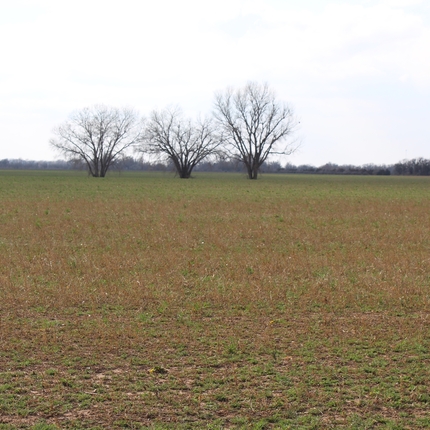Conservation is a deeply held value for many of our supporters. This is why the Center for Rural Affairs engages on conservation policy such as programs managed by the Natural Resource Conservation Service (NRCS). Have you worked with NRCS to improve conservation on your operations? We’re interested in how the practices you have used or the practices you are using are working out.
NRCS programs like the Conservation Stewardship Program and the Environmental Quality Incentives Program offer cost-share to implement a range of conservation practices on your land. These can be structural practices, like building certain kinds of improved infrastructure such as denitrifying bioreactors of watering facilities for livestock. Or, they can support changes in management, such as reimbursing for part of the cost of planting cover crops or switching to no-till.
You can peruse NRCS’ national list of conservation practices here, and contact your local NRCS office to identify which practices are available in your area. For each practice, NRCS keeps a set of standards that provide a variety of specifications for how to enact a conservation practice to qualify for NRCS support. These practice standards also provide a transparent framework that the NRCS field staff uses as a guideline to ensure practices are designed (if appropriate), installed, and managed in a proper way.
NRCS usually reviews several practice standards every year, completing a cycle of review approximately once every five years. However, the 2018 farm bill requires review of all practice standards this year. NRCS is accepting comments through April 25.
Your feedback on conservation practices is valuable, and we want to hear from you. Did NRCS help you with a conservation practice, such as: conservation crop rotation, integrated pest management, planting a riparian forest buffer, or another practice? Let us know how NRCS conservation practices worked on your operations. Drop us a line at [email protected].





